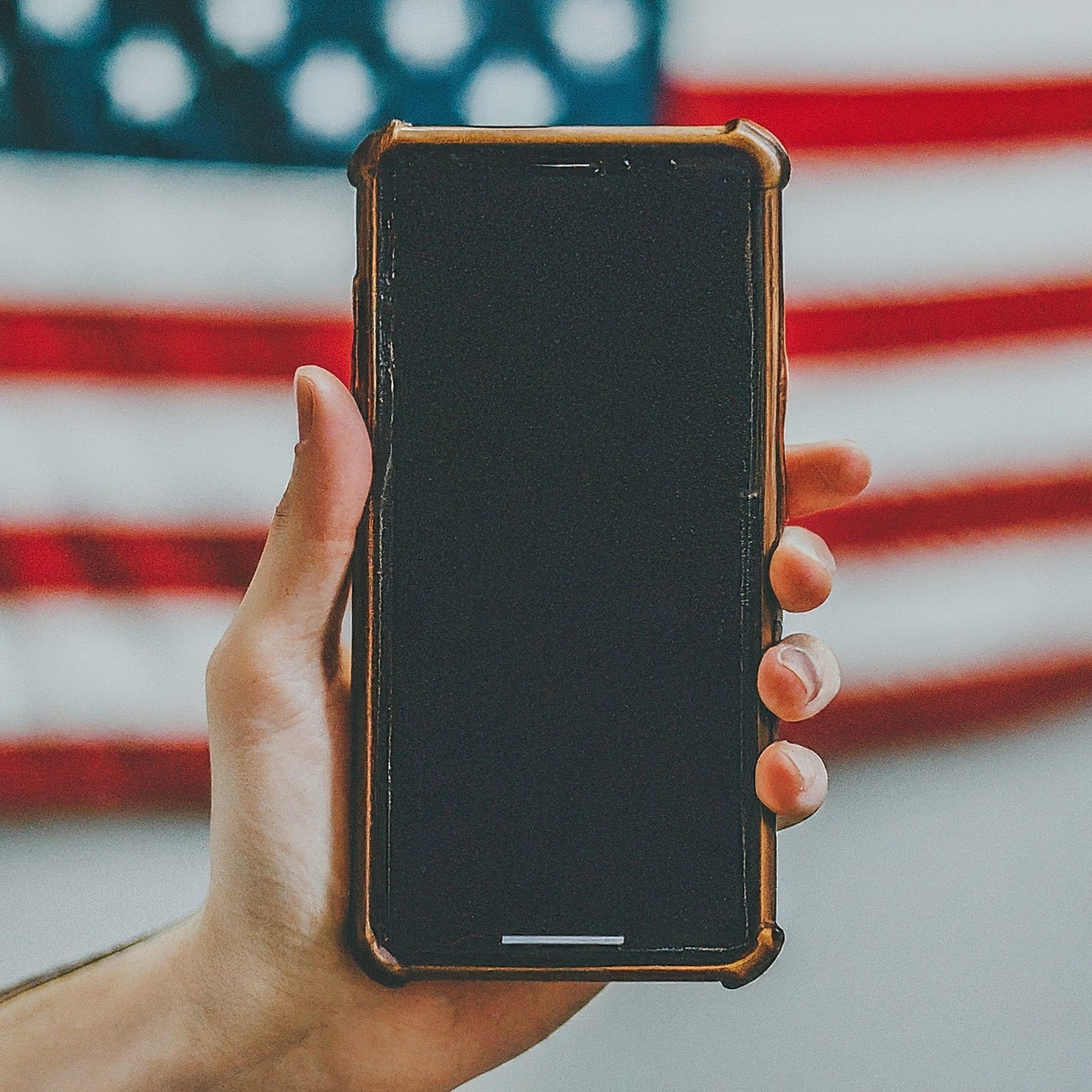In the vast tapestry of global telecommunications, a unique identifier distinguishes each nation: the country code. This numerical prefix serves as a crucial component in establishing international connections. For the United States, a country synonymous with innovation and technological advancement, this code holds particular significance. This article delves into the intricacies of the United States country code, exploring its history, usage, and implications.
Understanding Country Codes
Before delving into the specifics of the United States, it’s essential to grasp the broader concept of country codes. These numerical sequences are allocated by the International Telecommunication Union (ITU) to facilitate international dialing. They precede the national (or local) phone number, ensuring calls reach their intended destination across borders.
The United States Country Code: A Simple Yet Crucial Identifier
The United States country code is a remarkably straightforward one: +1. This concise prefix is all that’s required to connect with any phone number within the United States, its territories, and certain neighboring countries.
The History Behind +1
While the simplicity of the United States country code might suggest a recent adoption, its roots trace back to the early days of telephony. As the North American Numbering Plan (NANP) expanded, encompassing Canada and parts of the Caribbean, the need for a unified country code became apparent. The choice of +1 was a pragmatic decision, reflecting the region’s dominance in telecommunications.
How to Use the United States Country Code
Utilizing the United States country code is relatively straightforward. When dialing a US phone number from outside the country, simply prefix it with +1. For instance, to call a number in New York, the format would be +1 (212) xxx-xxxx, where (212) is the area code and xxx-xxxx represents the local number.
It’s important to note that within the US and Canada, the +1 is often omitted as it is the default country code for the NANP region. However, when making international calls, the +1 becomes indispensable.
The Role of Area Codes
While the United States country code provides the initial link to the country, area codes further refine the call’s destination. These three-digit numbers correspond to specific geographic regions within the US. For example, (212) is associated with Manhattan in New York City, while (415) covers San Francisco.
The Impact of the United States Country Code on Global Communications
The United States country code has played a pivotal role in shaping global communications. As a leading economic and cultural force, the US has fostered a high volume of international calls. The simplicity and efficiency of the +1 code have undoubtedly contributed to this.
Moreover, the widespread adoption of smartphones and internet telephony has amplified the importance of country codes. Users can now effortlessly connect with people around the world, and the United States country code remains a constant in this evolving landscape.
Challenges and Future Considerations
Despite its simplicity, the United States country code is not without its challenges. The increasing number of mobile users and the growth of VoIP services have placed strain on the existing numbering plan. To accommodate this expansion, measures like number portability and overlay plans have been implemented.
Looking ahead, the future of the United States country code is intertwined with the broader evolution of telecommunications. As technology advances, new methods of communication may emerge, potentially impacting the role of traditional country codes. However, for the foreseeable future, +1 will continue to serve as the essential identifier for calls to the United States.
Conclusion
The United States country code, a seemingly modest numerical sequence, holds immense significance in the realm of global communications. Its history, usage, and impact underscore its role as a fundamental building block of international connectivity. As technology continues to reshape the way we communicate, the United States country code will likely endure as a symbol of a nation at the forefront of telecommunications.

لا تعليق